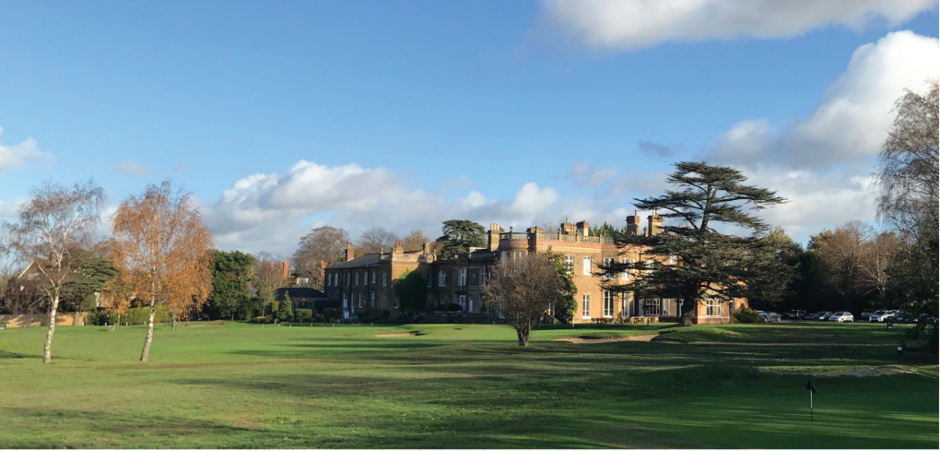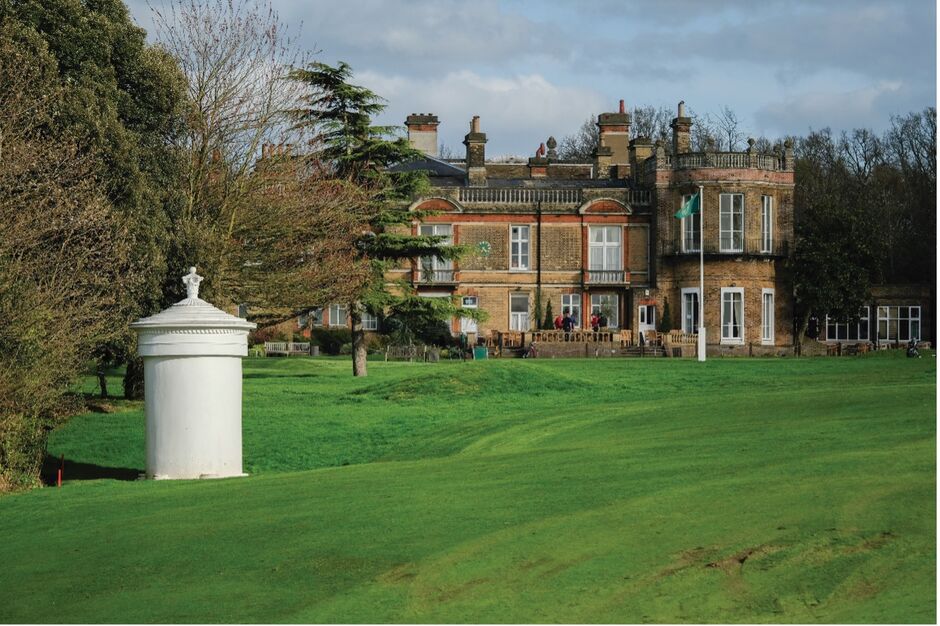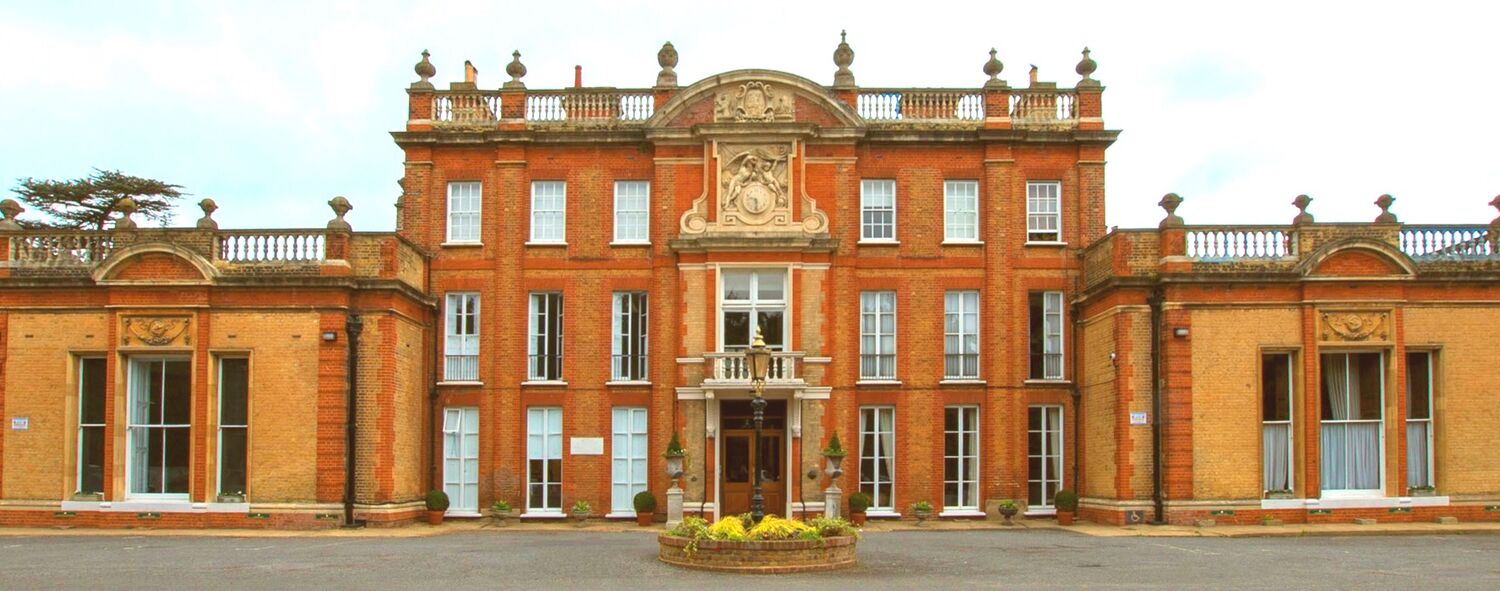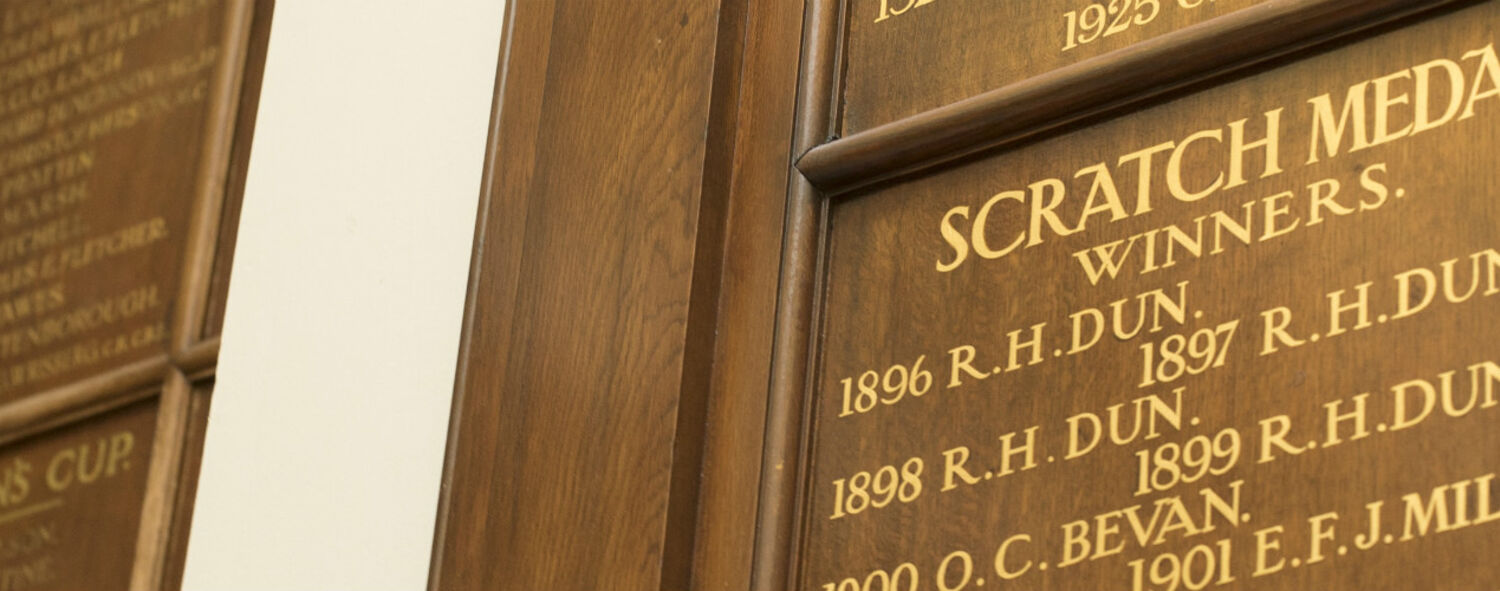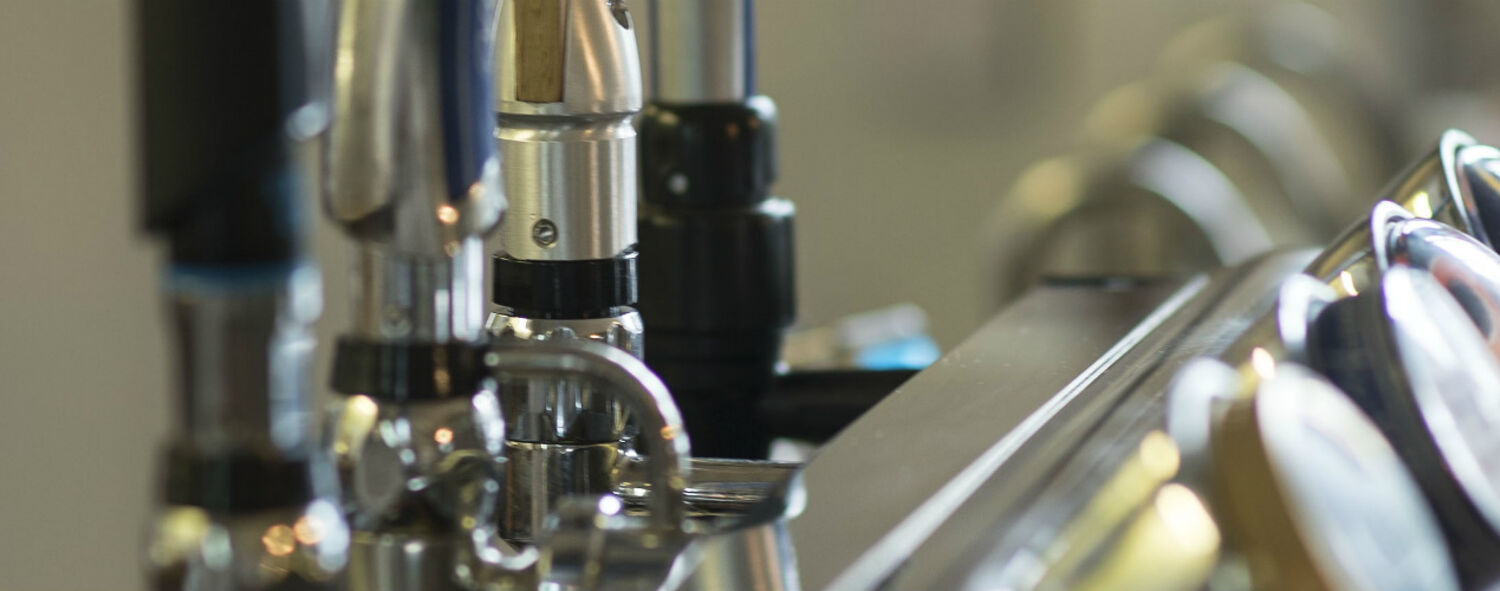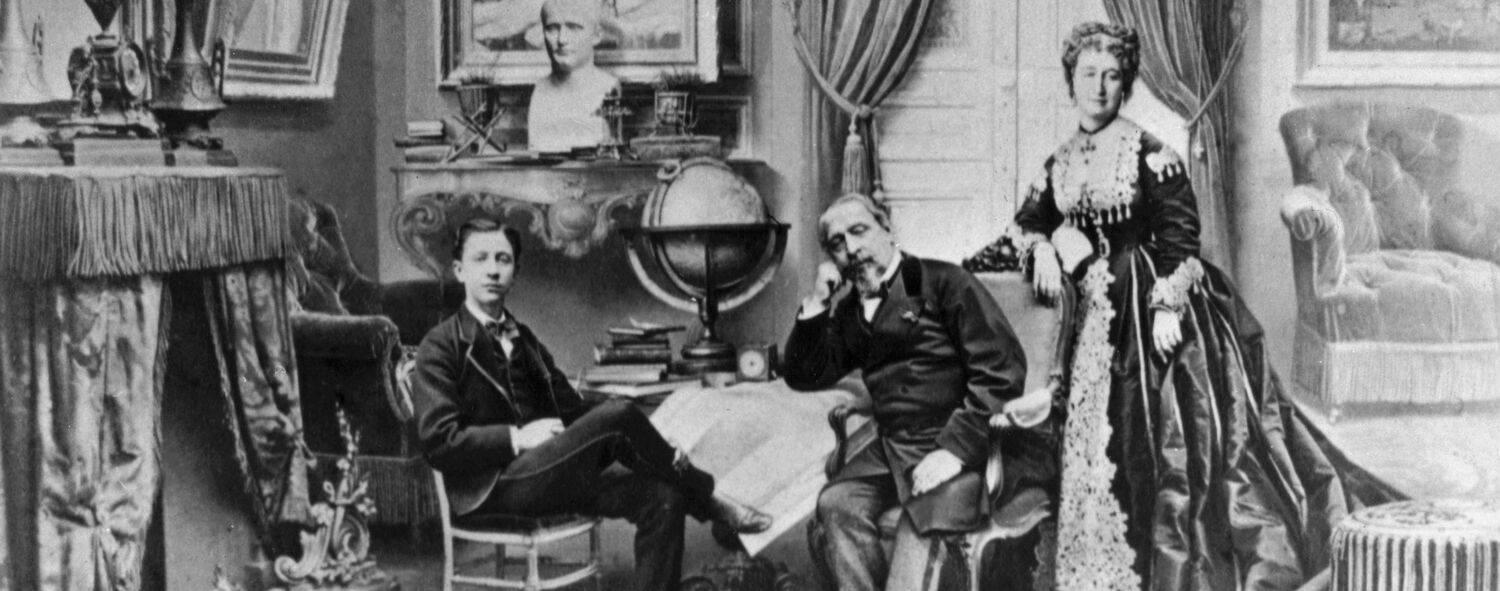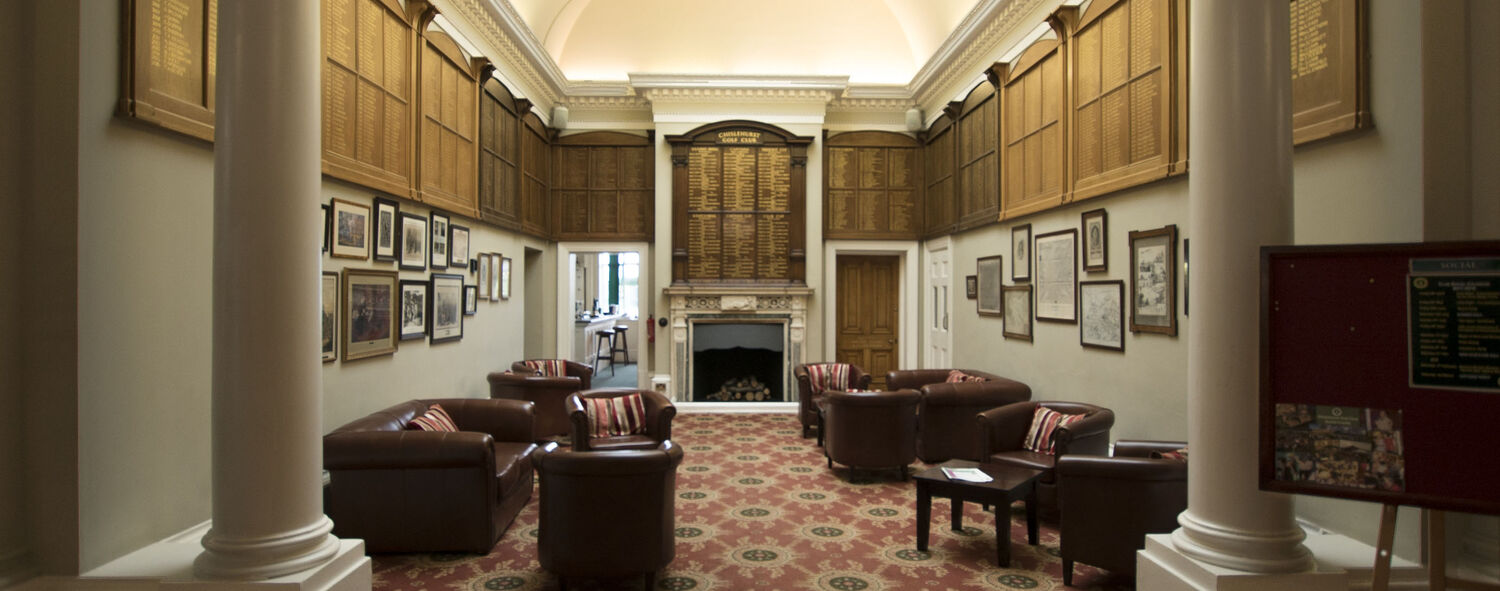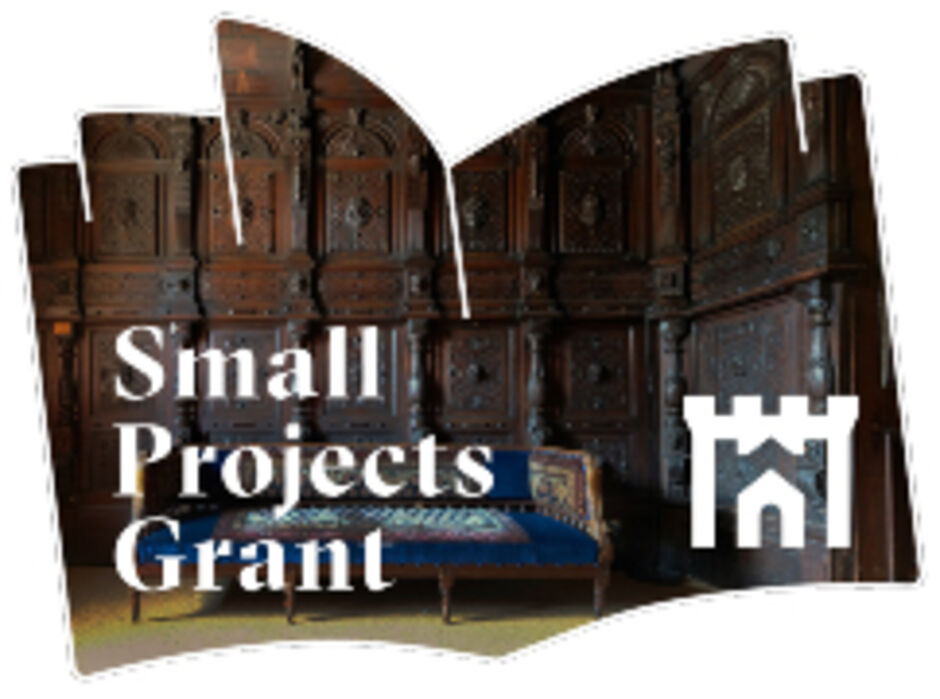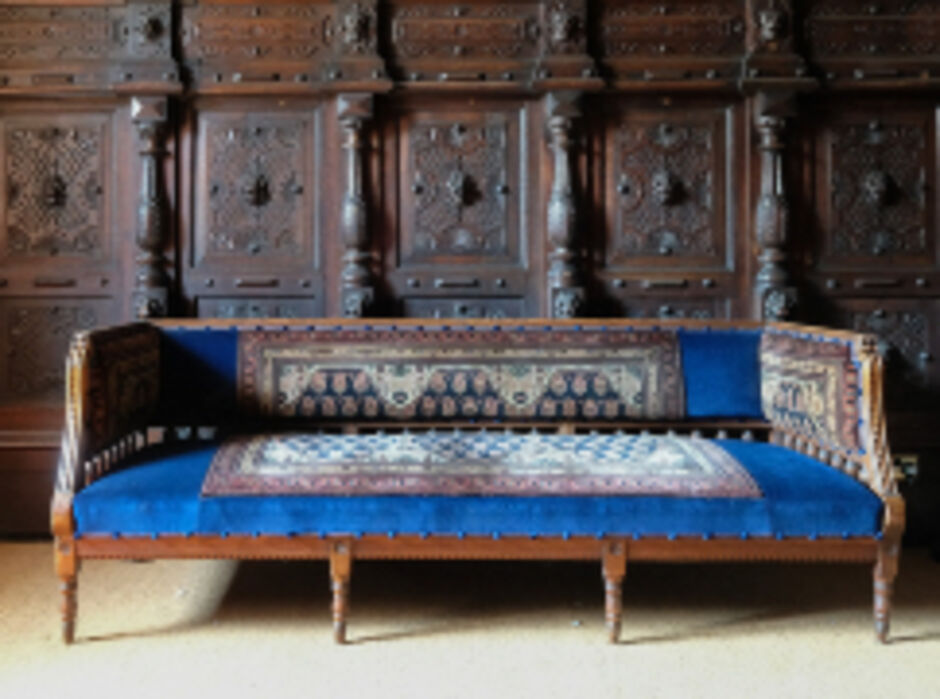
An exterior that has changed little
Hidden in plain sight - the outside of Camden Place
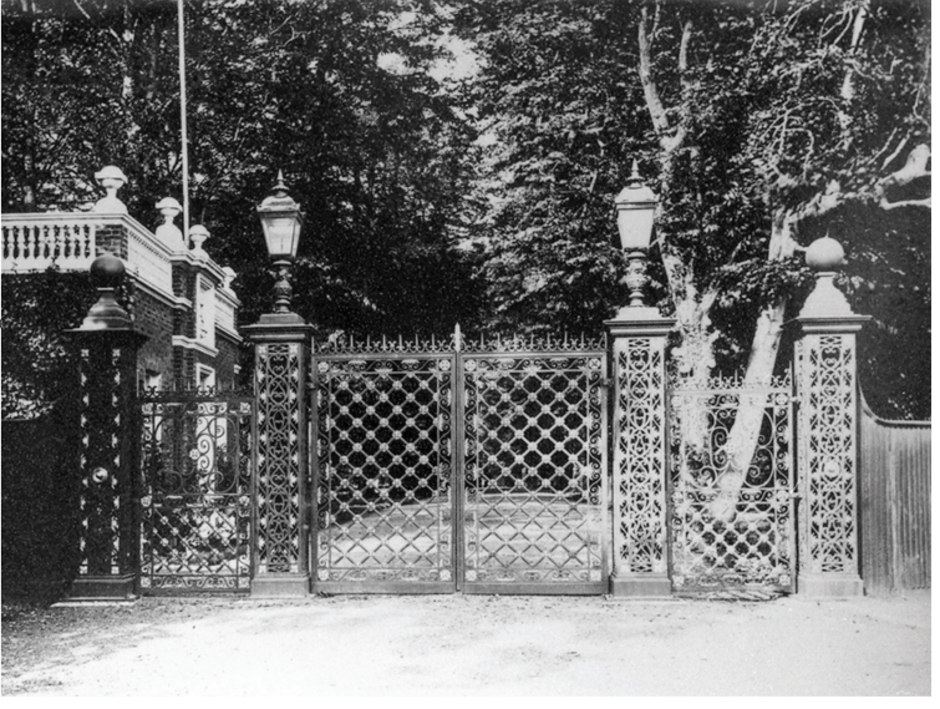
By the time Nathaniel Strode acquired Camden Place it sat on an estate of some 127 acres.
The original Camden Place gates came from the Paris Exposition of 1867 and were part of the Strode transformation. In this image you can just see the corner of one of the four roomed lodges Strode erected just inside the gates, which were further forward than today’s entrance. A second lodge was built at the northern entrance to the estate at the end of what is now Wilderness Road.
During his work on the house he started to sell off parcels of land in what is now Lubbock Road, but he made clear that these properties should not exceed a certain height to protect the privacy of the estate.
Outside, the stone balustrade parapet with decorative urns gave the building a more regal look. The whole external appearance was altered to match the style of the new Dining Room to the right. A brick facing was built around Lord Camden’s three-storey central block and Thomson Bonar’s eating-room.
A lot of ornamentation was added. A gilt clock, bas-relief sculpture and terra–cotta panels were added to the main entrance and over the window heads.
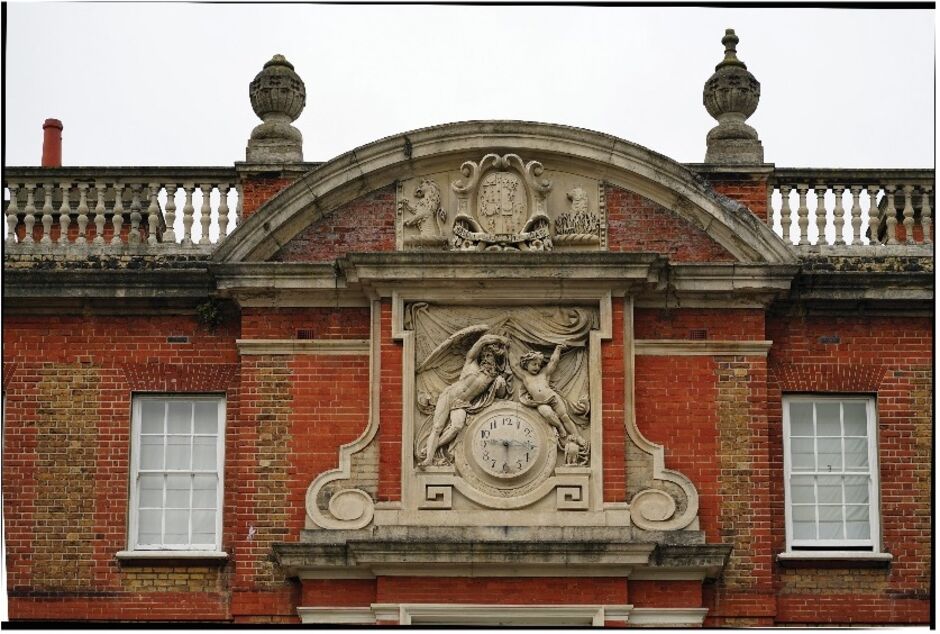
As today, Grecian style vases flanked the entrance and there was a large conservatory which projected out from the south elevation.
A new wide drive was laid out alongside Robert Weston’s tree-lined drive and the pleasure garden was replaced with a turning circle for coaches. The beautiful Strode gates were added.
Many of these changes have remained and still give the building a French character.
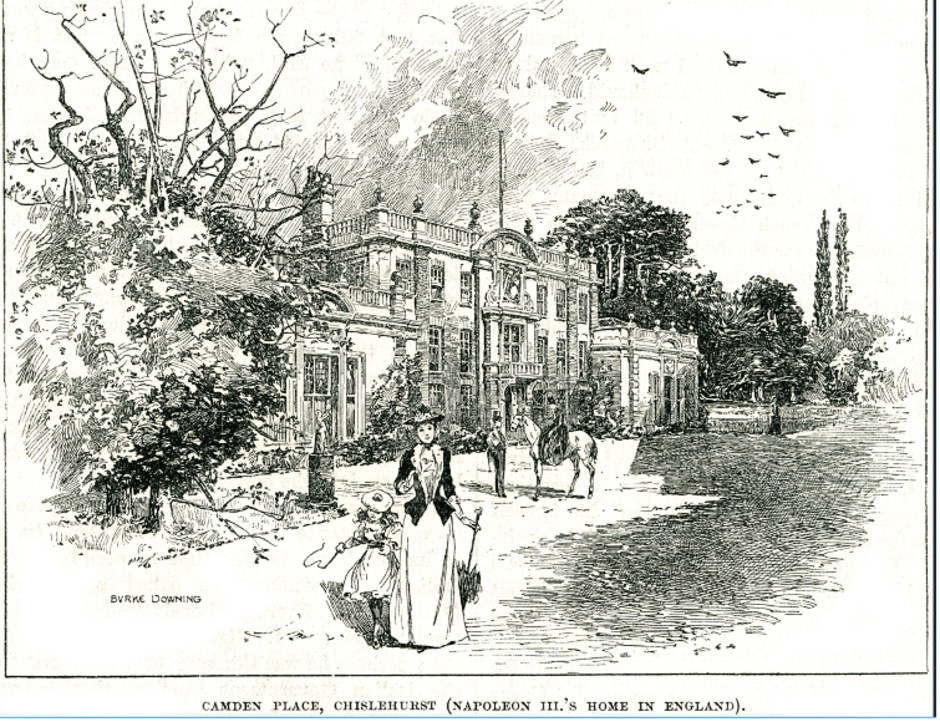
The front of the house has changed little since the Imperial family lived here.
